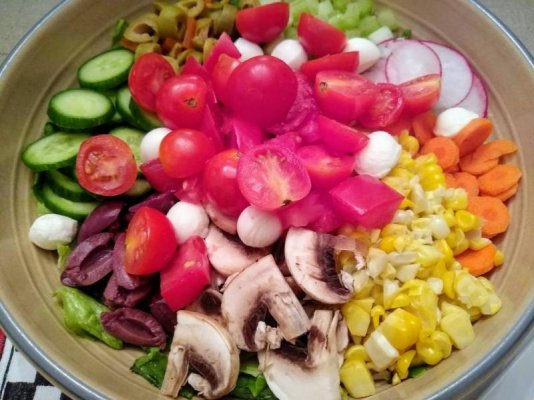This study wasn't to figure out what fruits and veg are best for you. That's why it isn't useful to consumers, as is. It's for nutrition scientists. They were working out a classification scheme for foods.
As I wrote before:
As I wrote before:
The purpose of this study was to come up with a classification scheme for "powerhouse fruits and vegetables" based on nutrient and phytochemical constituents.
"This article describes a classification scheme defining PFV on the basis of 17 nutrients of public health importance per the Food and Agriculture Organization of the United Nations and Institute of Medicine (ie, potassium, fiber, protein, calcium, iron, thiamin, riboflavin, niacin, folate, zinc, and vitamins A, B6, B12, C, D, E, and K)"

 And you're not fond of cheese. I'm not sure we can be friends.
And you're not fond of cheese. I'm not sure we can be friends.
